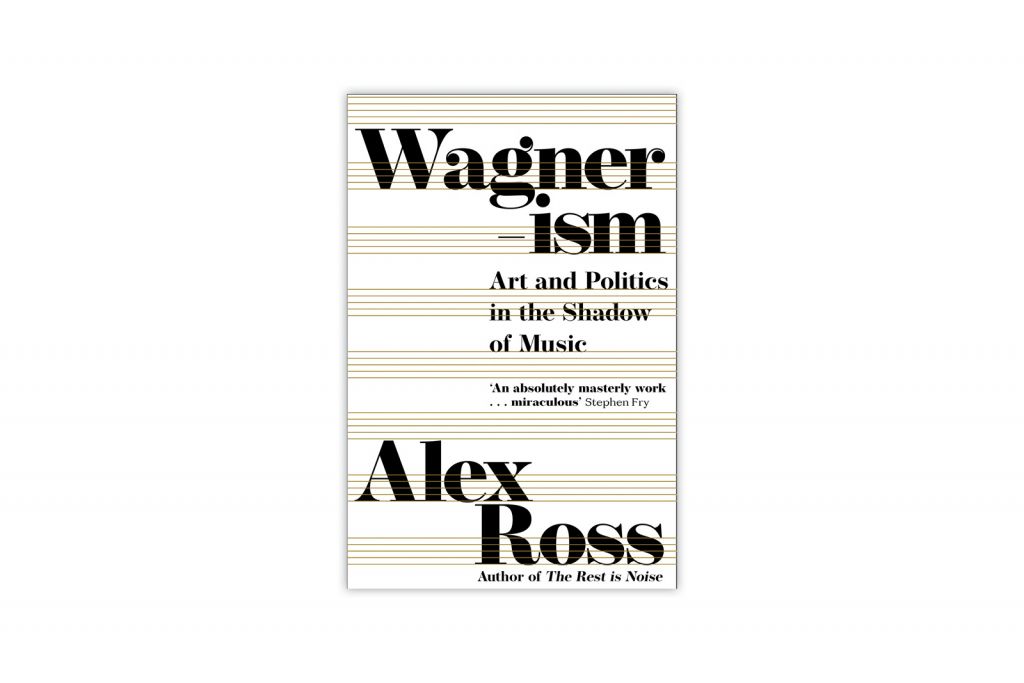I was an insufferable middle-aged-12-year-old Brahmsian and didn’t come around to Wagner until my late teens. Clutching my copy of Ernest Newman’s Wagner Nights – a kind of trainspotting guide from 1949 which, in my republished edition sported a ‘panel-van’ style painting on the cover resembling a scene from Conan the Barbarian – I plugged a transistor radio into my portable mono reel-to-reel and recorded bleeding chunks (generally the loudest bits) of the live broadcast of the centenary Ring production by French team Patrice Chéreau and Pierre Boulez. As I couldn’t see the infamous hydro-electric dam Rhine, oversized toy dragon and Gibichungs clad in the evening wear of their late 70s audience, I didn’t understand the loudest bit of all, which was the deafening din of pre-made whistles that greeted the end of each Act. One of the myriad of fascinating facts in this extraordinary book is that exactly such whistles (blown by French lips in response to German art) greeted the production of Tannhäuser when it premiered in Paris back in 1860.

Alex Ross, the erudite but eloquent music critic for The New Yorker (and author of that unputdownable study of 20th-century...










Comments
Log in to join the conversation.